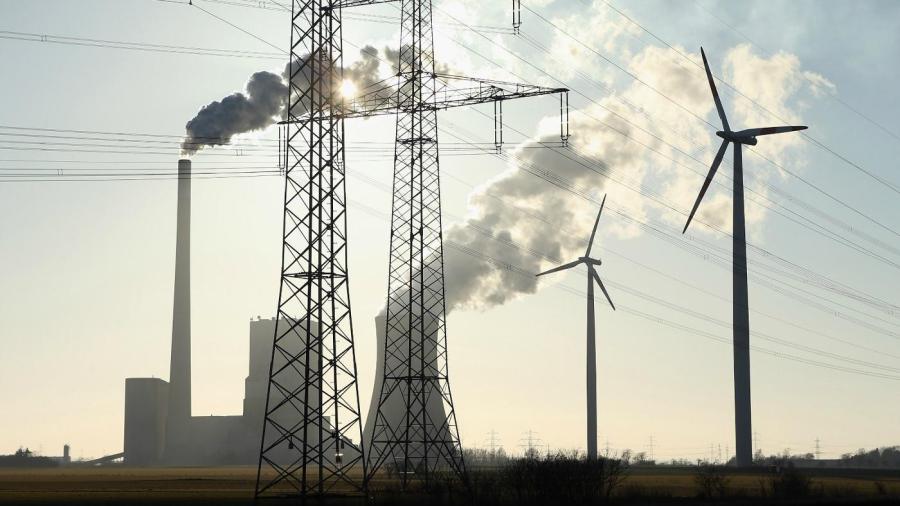What Are Germany’s Natural Resources?

Germany’s natural resources include bituminous coal, lignite (brown coal), natural gas, iron ore, copper, nickel, uranium, potash, salt, construction materials and farmland. Since it has relatively few natural resources, Germany imports most of its raw materials.
Germany’s bituminous coal deposits formed more than 300 million years ago from swamps extending from southern England over the Ruhr region of Germany to Poland. Brown coal, or lignite, deposits developed later, about 66 million years ago. Because the coal-making process is not complete, lignite contains less energy than bituminous coal. This low-grade, waterlogged fuel is mined with large machines from open pits, and most of the product is fed directly to electricity-generating stations. A small amount is pressed into briquettes for residential heating. According to the World Coal Association, Germany is the top lignite-producing country.
Salt and potash are found in abundance and mined at the edge of the Harz Mountains. Prior to unification, East Germany’s Wismut Company mined uranium between 1947 and 1990, which made East Germany the fourth-largest producer of uranium ore worldwide. Germany imports oil and natural gas from Russia, although it has abundant natural gas reserves of its own. Over 80 percent of Germany’s total land is used for farming and forestry. The main agricultural products are milk, pork, beef, poultry, cereals, potatoes, wheat, barley, cabbage and sugar beets.





